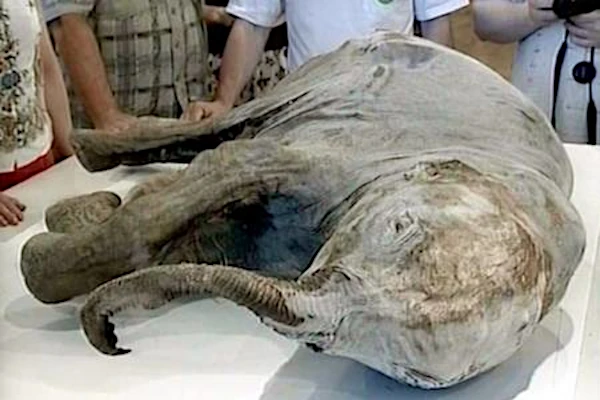
Prehistoric mammoths left multiple traces in the permafrost of Siberia and North America. The preserved carcasses reveal not only the morphology of the animals but also clues about their diet, climate, and the biodiversity of the time.
Preservation in ice allows the study of soft tissues and ancient DNA. These analyses provide information on genetics, the relationship with modern elephants, and physiological adaptations to extreme cold. They also help reconstruct ecological interactions with contemporary flora and fauna.
In addition to bones and fur, permafrost contains traces of bacteria, fungi, and viruses, sometimes encapsulated in millennia-old ice. The study of these microorganisms offers a unique insight into prehistoric microbiology and past environmental conditions.
This data helps us understand the extinction of mammoths, population dynamics, and the effects of climate on species on a large scale. Isotopic analyses and studies of fossil pollen complete the ecological picture of the cold steppes.
| Element Studied | Type of Trace | Method of Analysis | Information Obtained |
|---|---|---|---|
| Bones and Teeth | Morphology, Wear | Physical Measurements, Radiography | Age, Sex, Diet |
| Soft Tissues and Fur | Cellular Structure, Proteins | Histology, Mass Spectrometry | Adaptation to Cold, Coloration, Health |
| Ancient DNA | Partial or Complete Genome | Extraction and Sequencing | Relationship with Elephants, Genetic Diversity |
| Microorganisms | Bacteria, Viruses, Fungi | Microscopy, Metagenomic Sequencing | Past Biodiversity and Environmental Conditions |